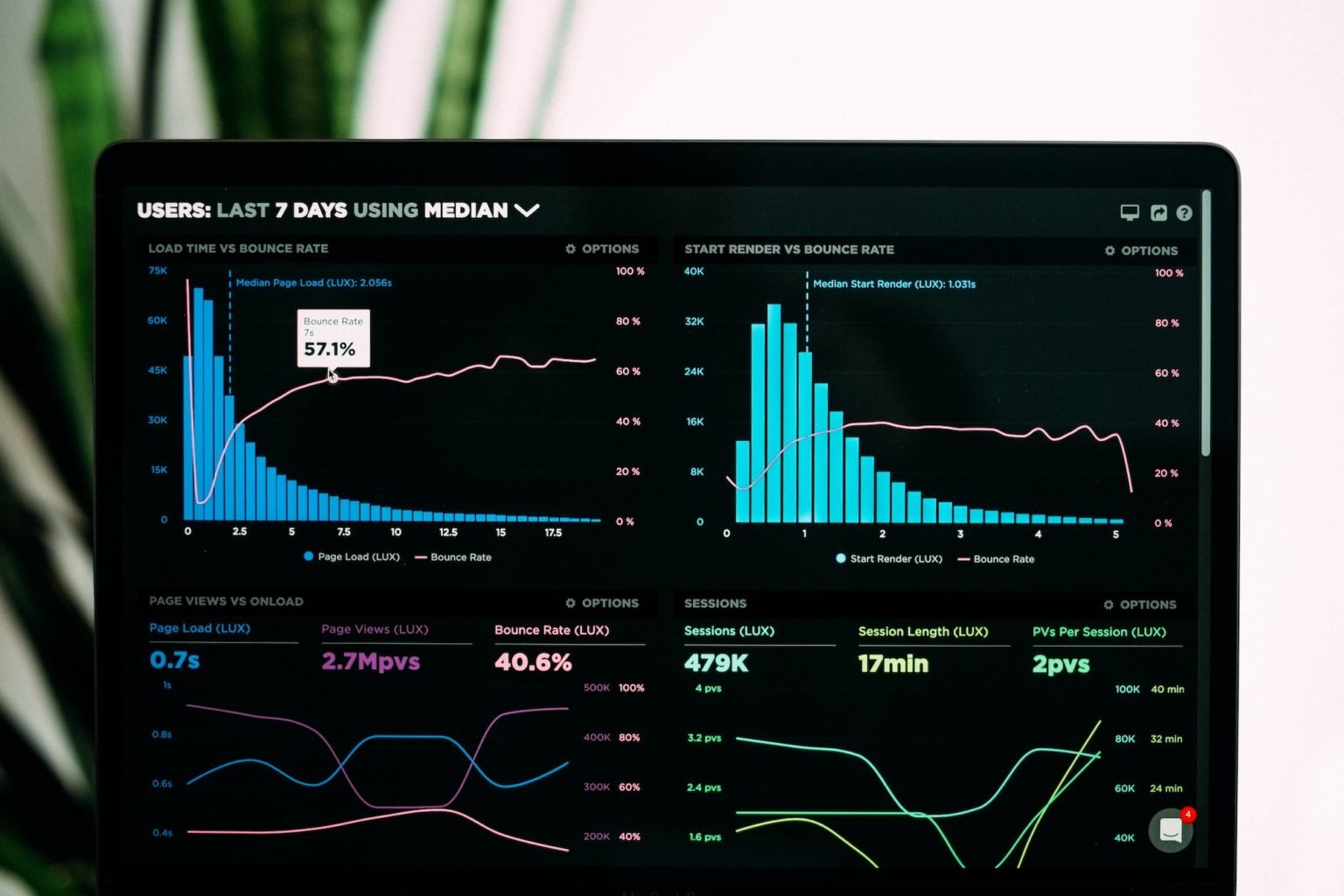14 Factors That Change the Cost of an App
Trying to find how much an app will cost to develop is difficult to find online. As with most things in business, the price tag is often something that is danced around. Revealed only once you’ve invested enough time and effort into finding out that saying no would seem a shame. While there are app cost calculators online, those are mostly flashy marketing tactics, to truly understand how much your project will cost you need to talk to a developer about it. To help you go in to any meeting well-informed and prepared, let’s dive into what factors are going to determine the cost of your app build.
Most research on how much an app costs to develop results in the unsatisfying answer: it depends. The cost of application development is dependent on multiple factors, let’s break it down.
Factors that influence app development costs:
- Platforms (iOS, Android, Web App, Native, Hybrid, etc.)
- Design complexity
- Number of features and the types of features
- Back-end infrastructure & integrations
- App administration
The complexity and scope of the app are major factors in development costs. Let's drill down on some of these considerations.
Platforms
The cost of your app is going to depend on the device you're designing for, of course, ideally you’d love to have your app accessible on any device, but this sometimes is not feasible. There are cost and functionality considerations when deciding how to design your app. Designing an app ‘native’ means designing it for one platform, like only iOS or only Android. Designing native allows for the most control and best performance. If you decide to have the app developed native, ensure you take into account market share and what most of your users will be using. Developing for iOS vs Android differs greatly from language to the tools used, the process is very different. If you’re only developing for a single platform, costs are relatively similar, so you can decide based solely on what’s best for your user. If you’re set on developing for multiple platforms, you’ve got a couple options. Firstly, you can develop both native, which will approximately double your cost but will allow for optimal functionality. Or you can develop cross-platform, which allows developers to take extra steps along the way to enable the coding to be usable on both devices with some adjustments. While this enables use on both platforms at a lower cost, it may not have as good of performance. Your developer can walk you through these options more in-depth and make recommendations based on your needs.
Design Complexity
This factor is fairly intuitive. The more complex the design and UI/UX (User Interface/User Experience), the more costly the project will be. Is simple, high-quality design sufficient? Or will complex animations and design elements be necessary? Do you already have branding, a style guide, and design materials that the developers can use, or will you require them to do it? These are all things to consider before you talk to your developer.

Features
In app development, the adage of “you get what you pay for” really rings true. Every feature takes time to build and will therefore carry a cost. The number of features and complexity of said features are the largest contributor to cost. For example simple features may include basic login functionality, file uploading, profile editing, search capabilities, and push notifications, but more complex features could be something like text chat functionality, calling, maps, payments, sensor connections like Bluetooth or Apple Watch. Complex features will take time and will therefore significantly contribute to costs. They may seem like small things but every screen, button, field, etc, require logic and development, every feature no matter how small will have an associated cost.
At Poeta Digital, we often work with young startups, but even with experienced entrepreneurs we take the time to really understand your app and the concept, this enables us to unearth opportunities to narrow the focus of the feature set, and subsequent cost of development. We give clear recommendations on which essential features to keep for your MVP (minimum viable product) and which to save for following phases of the app once the concept has proven itself. A methodology popularized by the Lean Startup:
“Once the MVP is established, a startup can work on tuning the engine. This will involve measurement and learning and must include actionable metrics that can demonstrate cause and effect question.”
You can read more about our process and find out if it aligns with your own.
Infrastructure
Depending on an app’s purpose, the backend can become incredibly complex and require more infrastructure. The infrastructure your app requires is something you likely won’t be able to alter very much, your app’s purpose will be the determining factor. One key aspect is whether integrations will need to be put in place to connect the application to other software online.

App Administration
A great admin panel is essential for just about any app. App administration is often forgotten when entrepreneurs start laying out costs, but having control over your app & its users is vital. We ensure you have a strong admin panel to give you great management over your application.
Vendor Factors that Influence App Development Costs:
What you are building will change the cost of development, but who is building it will also be a signification factor. Here are vendor factors that will affect the cost of your app build:
- Location of development team (offshore vs local)
- Type of developers (full-stack developers vs specialized)
- Experience (established vs young firms)
- Hourly rate
- Structure of the engagement (staff augmentation, fully outsourced, etc)
We can’t help you decide on what’s best for you and your business, but with 14 years of experience and over 300 applications under our belt, we’ve found a system that works for us. Our internationally distributed team gives you support and development around the clock, while our varied developers on staff give you a dynamic team to draw upon. By developing in teams, we are able to use the allotted hours for exactly what's needed, rather than a single developer juggling everything-- instead, you always have an expert.
We develop beautiful user experiences in an agile manner and share product progress with you at regular intervals throughout the development lifecycle. This approach ensures that you have full visibility and sign-off on what is being built. Before design and development even begins, we run ideation workshops, capture desired functionality, prioritize critical functionality, and select the ideal tech stack. Our team excels at developing customer-ready experiences, with the expertise to build any digital experience that you can dream up. Whether you’re looking for help on a single project, or want ongoing development support, we’re here to help.
Whoever you decide to hire to develop your application with, we encourage you to weigh the lasting benefits of the developer you choose.
Security
Regardless of what we are building, we adhere to strict & rigorous processes because we care about our clients' safety & security. We understand data security & ensure our clients comply with all regulations. However, depending on the purpose of your application, stricter security measures may need to be implemented. For instance, if your app contains sensitive personal information on your users. Read a great case on why this is so vital in our blog, Portpass: A Case of Irresponsible Development
App Maintenance
Software always requires support & maintenance as user volumes increase, operating systems update, and user needs evolve. It is always recommended you have a support plan in place for your application to continue to maintain optimal functionality. The support your app needs may differ depending on the maintenance strategy you require. For instance, you can choose to support the app in a reactive manner, fixing bugs only when they are discovered, or you can support the app proactively, i.e. actively looking for things that may need fixing. Proactive support usually entails implementing monitoring tools to detect service disruptions and send intelligent, real-time alerts when health thresholds and critical failures occur. Proactive support is more costly, but depending on your app, it may be the better choice.
Data & Analytics
A standard app build won’t include robust data and analytics unless you ask for it. The importance of data for your app will change how you approach this element of the development. Will APIs (Application Programming Interface) be required to provide data exchange between the app and a database? Is it a priority to track user activity and leverage analytics to track the performance of your app? Depending on the number of parameters and level of detail you desire, costs will vary.

Conclusion
Ultimately, you won’t find out the exact development cost of your application until you talk to an app developer and some scoping and requirement gathering is performed on their side. App development encompasses planning, design, development, testing, and deployment stages -- it is no simple feat. An industry survey from Clutch determined the cost range of app development to range from $100,000 to $500,000. That survey was done back in 2015 and the virtual landscape has only become more vast and complex. While that range varies incredibly, hopefully this blog informed you as to why costs can change so drastically.
You won’t know how much the app you have in mind is until you have a chat with a developer. Why not schedule a quick call with our solutions team and get an approximate range? Let’s talk.